METHODS TO STUDY LEARNING AND MEMORY
2.2
Overview of neuroscientific methods
What are the widely used neuroscientific methods to study human learning and memory? Read this article by Dominique de Quervain.
There are a number of neuroscientific methods available to study human learning and memory. Each method has advantages and disadvantages, and the choice depends on the research question. Some of the most widely used methods are listed below.
Magnetic Resonance Imaging (MRI)
A technique that creates a three-dimensional picture of body organs and tissues (e.g., the brain) from the responses of hydrogen in tissue molecules in reaction to strong magnetic impulses. MRI does not involve X-rays or the use of ionizing radiation, which distinguishes it from computer tomography and PET.
Advantage: the best way to study the structure of the brain using non-invasive methods.
Disadvantages: no information about the function of the brain; correlational.
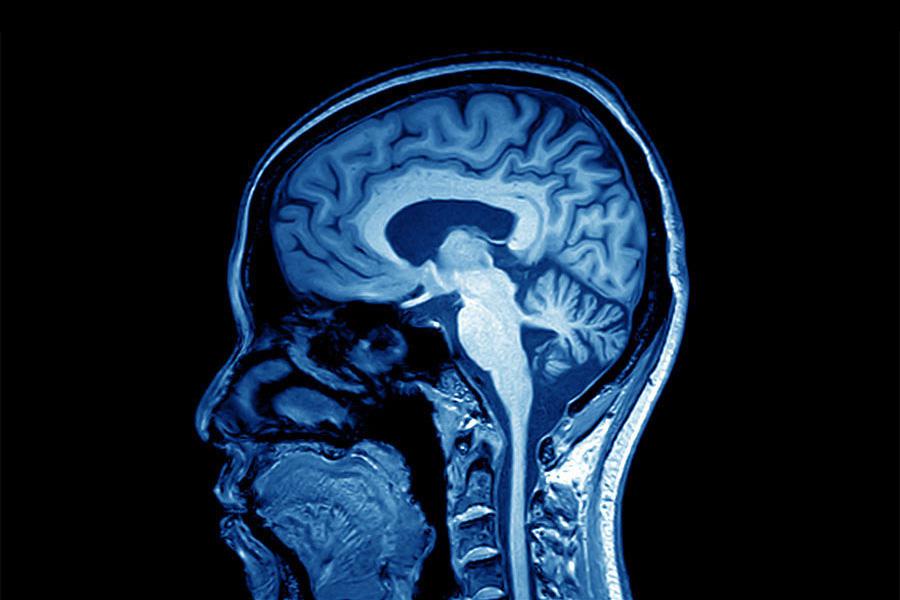
Figure 1: MRI picture of the human brain. Shutterstock.
Functional Magnetic Resonance Imaging (fMRI)
fMRI is performed in the same machine as MRI. However, using different scanning settings to MRI, fMRI can detect changes in blood flow, which are thought to correlate with local changes in neural activity. This means that fMRI can indirectly measure brain activity.
Advantage: rather good spatial resolution.
Disadvantages: fairly low temporal resolution (seconds); correlational.
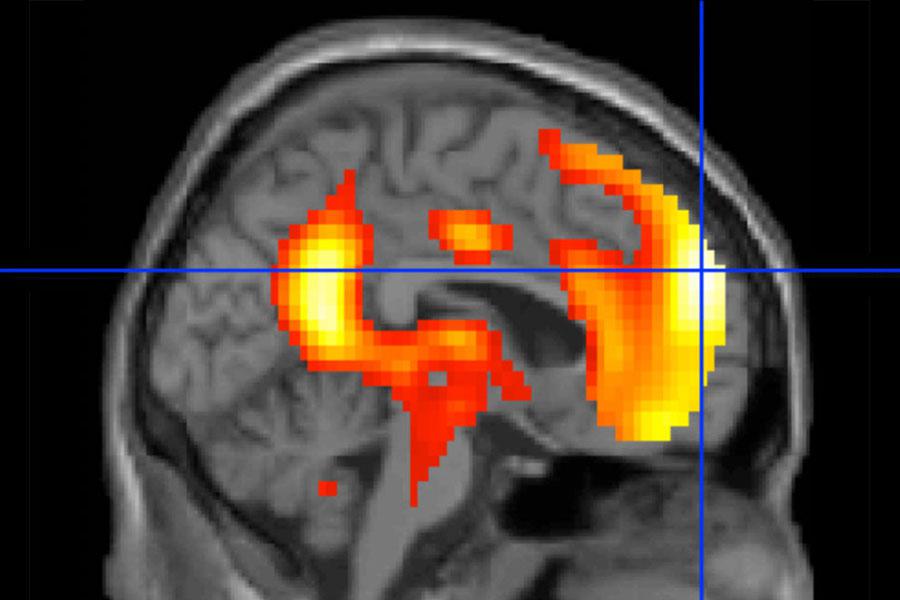
Figure 2: fMRI picture of the human brain. Red to yellow colors indicate areas of increased brain activity. Copyright: Dominique de Quervain.
Positron Emission Tomography (PET)
An imaging technique using radiolabeled tracers that emit positively charged particles (positrons) when they are metabolized. PET is primarily used to evaluate cerebral metabolism and the binding of neurotransmitters in the brain.
Advantages: rather good special resolution; can measure receptor binding.
Disadvantages: poor temporal resolution; requires radioactive material to be injected; correlational.
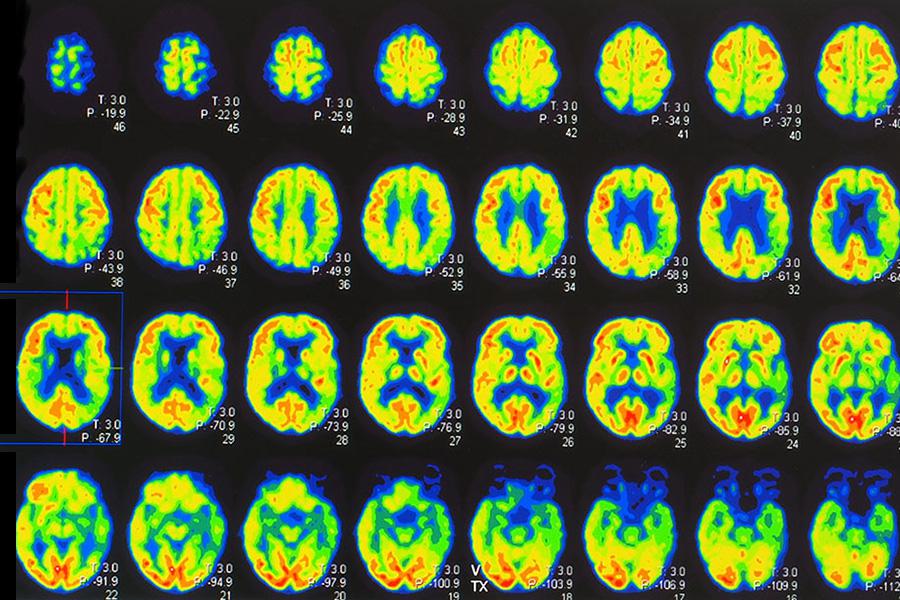
Figure 3: PET scans of the human brain measuring glucose metabolism. Red color indicates areas of increased glucose metabolism. Shutterstock.
Electroencephalography (EEG)
A technique to measure the electrical activity of the brain. Recordings and amplifications are made from electrodes placed on the scalp. The EEG signal can indicate endogenous changes in electrical activity (e.g., during sleep), or changes triggered by external stimuli.
Advantage: good temporal resolution.
Disadvantages: poor spatial resolution; not suitable for measuring activity in deep brain structures; correlational.
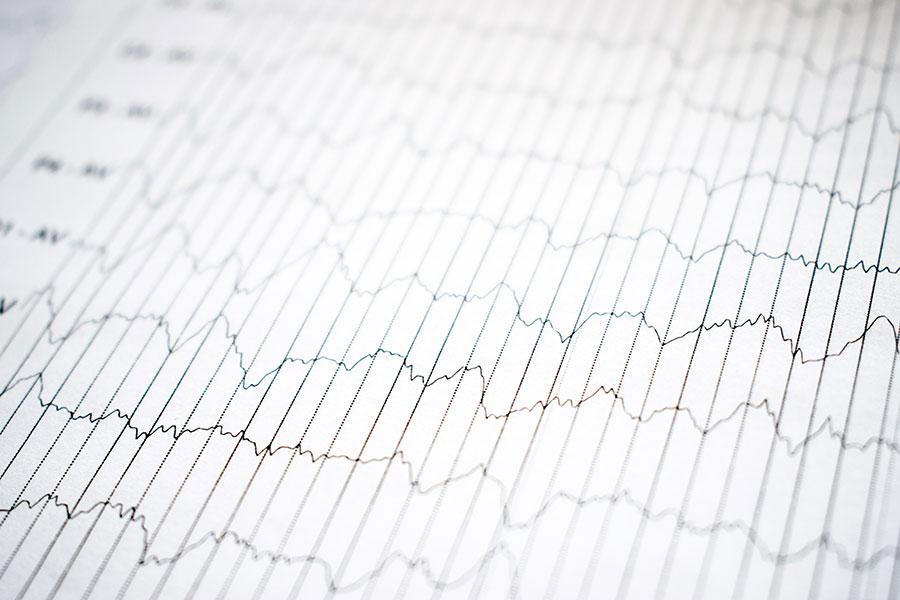
Figure 4: EEG of the human brain. Shutterstock.
Human genetic studies
This approach takes advantage of the extensive genetic variability across humans, i.e., the genetic code differs substantially between individuals. Genetic variations, such as single nucleotide polymorphisms (a single base-pair difference in the DNA sequence), can be related to differences in memory performance across individuals. This can be studied for single variations, or for hundreds of thousands of variations over the entire genome (genome-wide association studies).
Advantage: provides information about the biology of human memory.
Disadvantages: requires large sample sizes; correlational.

Figure 5: The genetic code. Shutterstock.
Lesion studies
This approach investigates how a specific brain lesion can affect learning and memory. Lesions could have been acquired through an accident, disease, or surgery. The most famous case is patient H.M. who you will get to know in the next chapter.
Advantage: provides information about the causal role of certain brain areas in learning and memory.
Disadvantage: mostly based on one individual, as lesions vary in extent and location between individuals.
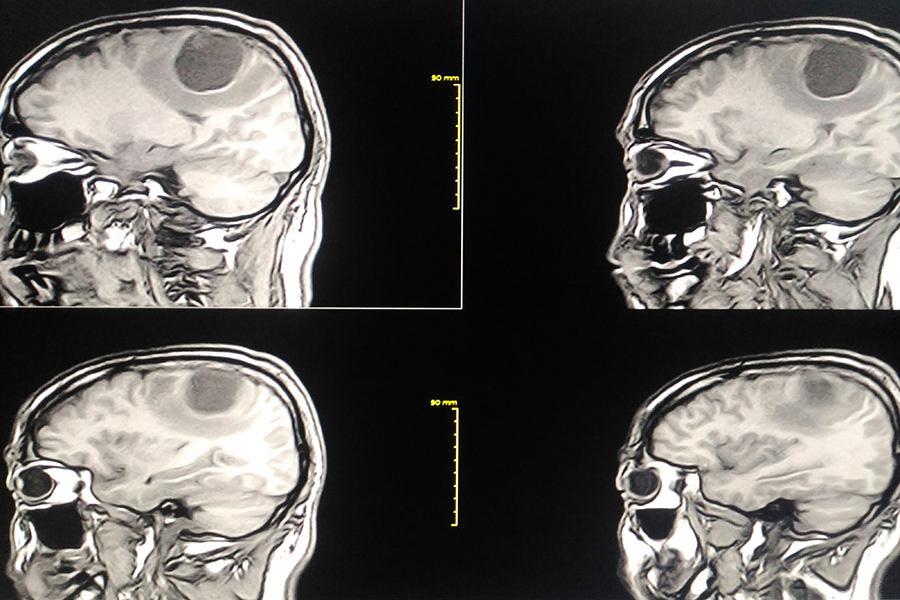
Figure 6: A brain tumor as illustrated by MRI. Shutterstock.
Transcranial Magnetic Stimulation (TMS)
This technique can be used to alter brain activity in the neocortex. This happens with changing magnetic fields that elicit electric current in the brain. TMS can thus be used to reversibly disrupt brain functions in a cortical area for several minutes and study the behavioral consequences, for example.
Advantage: provides information about the causal role of certain cortical brain areas in learning and memory.
Disadvantage: disturbance is only weak and it is not possible to target deep brain structures.
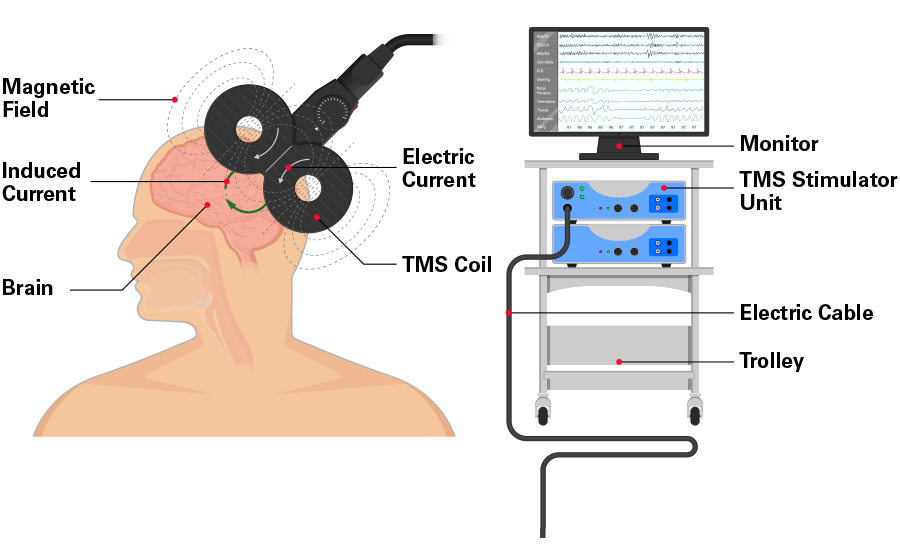
Figure 7: Transcranial magnetic stimulation of a brain region. Shutterstock.
Pharmacology
Since learning and memory depend on the communication between neurons and synaptic plasticity, drugs that influence these biological processes can be used to study their impact on behavior. For example, administering benzodiazepines (e.g., diazepam, Valium®) before learning strongly interferes with memory consolidation and causes anterograde amnesia.
Advantage: causal.
Disadvantage: not all biological processes can be targeted by drugs, and most drugs have multiple biological effects.

Figure 8: Diazepam, a drug with strong amnestic properties. Shutterstock.
As you have just read, many of the methods used are correlational. This means that you assess the relationship between a behavioral outcome (e.g., memory performance) and a measured variable of the method used (e.g., the volume of a brain structure). If you then find a correlation between the two, does it mean that the behavior leads to the volume change, or is it the other way around? The example cited in the recommended book chapter illustrates the importance of being cautious when making causal inferences based on correlational data.
References
Cognitive Neuroscience: The Biology of the Mind; 5th Edition. Michael Gazzaniga, Richard B. Ivry, George R. Mangun; Page 87
Lizenz
University of Basel
